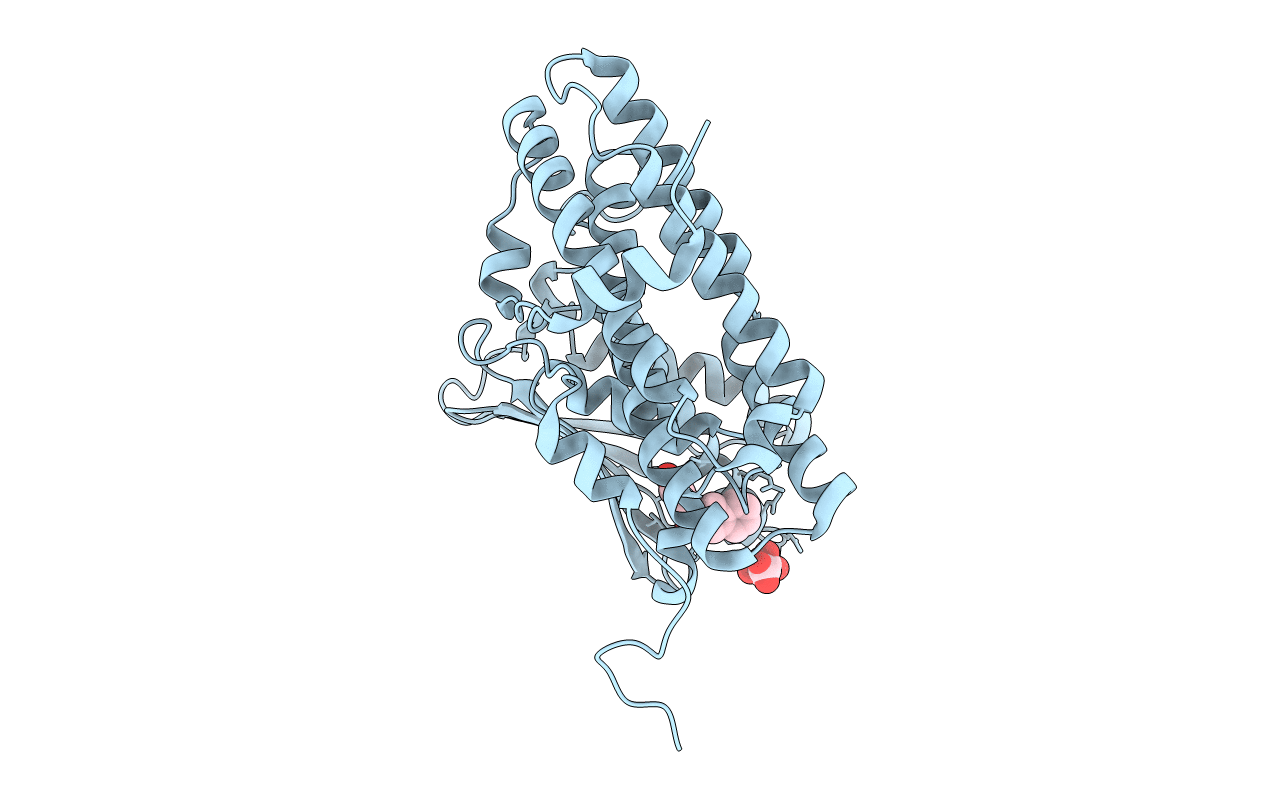
Deposition Date
2013-09-12
Release Date
2014-01-01
Last Version Date
2024-02-28
Entry Detail
PDB ID:
4MP7
Keywords:
Title:
Crystal structure of pyruvate dehydrogenase kinase isoform 2 in complex with inhibitor PA7
Biological Source:
Source Organism:
Homo sapiens (Taxon ID: 9606)
Host Organism:
Method Details:
Experimental Method:
Resolution:
1.80 Å
R-Value Free:
0.20
R-Value Work:
0.19
R-Value Observed:
0.19
Space Group:
I 41 2 2


